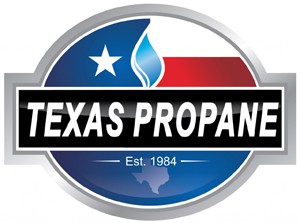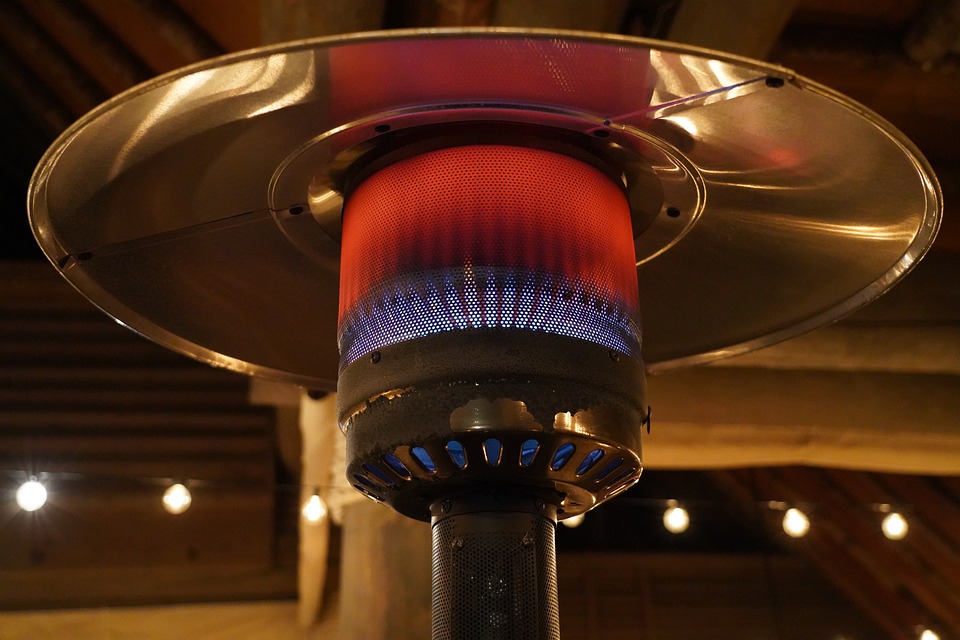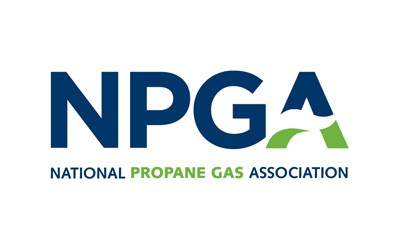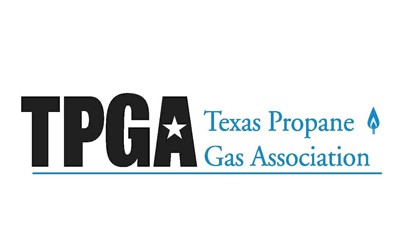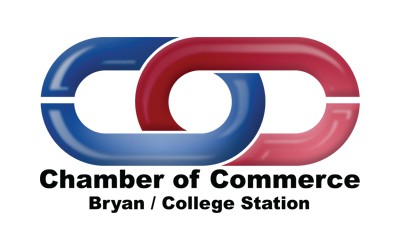How Is Propane Made?
What is Propane?
Propane, sometimes known as liquefied petroleum gas, or LPG — is a gas normally compressed and stored as a liquid. It is nontoxic, colorless, and virtually odorless; an identifying odor is added so it can be detected. Propane is commonly used for space and water heating, for cooking, and as fuel for engine applications such as forklifts, farm irrigation engines, fleet vehicles, and buses; however, its applications are rapidly growing due to new technology developments. So how is propane made?
How it is Made?
Propane is produced from liquid components recovered during natural gas processing. These components include ethane, methane, propane, and butane, as well as heavier hydrocarbons. Propane and butane, along with other gases, are also produced during crude oil refining. Most of the United States propane comes from the natural gas process. Once propane is produced, it is shipped to bulk propane distribution centers by pipeline, tanker ship, railroad, truck or barge. From there, propane distributors bring it to local propane providers. Propane is never created for its own sake, but it is a by-product of other processes.
Does Propane Affect The Environment?
Propane is non-toxic and will not harm water or soil. Natural gas is a clean-burning greenhouse gas, meaning it emits lower levels of harmful emissions like carbon monoxide, carbon dioxide, and nitrous oxides. Propane also dissipates quickly and is not an air pollutant. Transporting propane is also safer than transporting other fuels; any environmental impact in greatly reduced in case of a spill or leak
